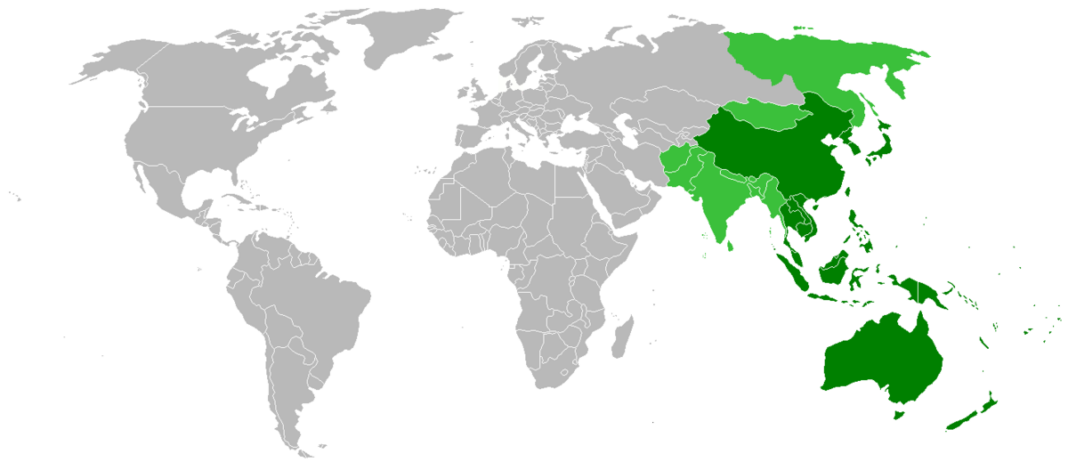The Asia-Pacific region, also known as the Asia-Pacific Economic Cooperation (APEC) region, is home to a diverse range of countries and cultures, as well as some of the fastest-growing economies in the world. The region spans from East Asia to the Pacific Islands and includes countries such as China, Japan, Australia, and the United States. This article will provide an overview of the Asia-Pacific region, its diversity, and its economic and cultural significance.
Geography and Diversity
The Asia-Pacific region covers a vast area that includes a range of landscapes, climates, and ecosystems. The region is home to some of the world’s tallest mountains, such as the Himalayas, and some of the most extensive deserts, such as the Gobi and the Australian Outback. It also includes tropical rainforests, coral reefs, and some of the world’s most active volcanoes.
The region is home to over 4 billion people and is incredibly diverse, with a range of ethnicities, languages, and religions. Some of the largest countries in the region, such as China, Japan, and South Korea, have ancient histories and rich cultural traditions, while the Pacific Islands have unique indigenous cultures that have developed over thousands of years.
Economy and Trade
The Asia-Pacific region is one of the fastest-growing economic regions in the world, with countries such as China, Japan, and South Korea leading the way. The region is also home to some of the busiest ports and shipping lanes in the world, which have helped to facilitate the growth of trade and commerce.
In recent years, there has been a growing trend towards regional economic integration, with countries such as Japan, Australia, and New Zealand signing free trade agreements with one another. The Regional Comprehensive Economic Partnership (RCEP) is another example of this trend, with 15 countries in the Asia-Pacific region signing a free trade agreement in 2020.
Challenges and Opportunities
Despite its economic growth, the Asia-Pacific region also faces a range of challenges. Environmental issues, such as climate change and pollution, are a significant concern, particularly in countries such as China and India. The region is also vulnerable to natural disasters, such as typhoons, earthquakes, and tsunamis, which can have devastating impacts on communities and economies.
However, the region also presents significant opportunities for collaboration and innovation. Many countries in the region are investing in renewable energy and other sustainable technologies, and there are opportunities for collaboration on issues such as disaster response and mitigation. The Asia-Pacific region is also home to some of the world’s leading research institutions and innovation hubs, such as Japan’s Riken Institute and Singapore’s Biopolis, which are contributing to advances in fields such as biotechnology and artificial intelligence.
Conclusion
The Asia-Pacific region is a vast and diverse region that is home to some of the world’s fastest-growing economies and most vibrant cultures. While the region faces a range of challenges, such as environmental issues and natural disasters, it also presents significant opportunities for collaboration and innovation. By working together, countries in the region can address these challenges and realize the full potential of the Asia-Pacific region.
Bibliography
- Asia-Pacific Economic Cooperation. (2021). About APEC. Retrieved from https://www.apec.org/About-Us/About-APEC
- Center for Strategic and International Studies. (2021). Asia-Pacific. Retrieved from https://www.csis.org/regions/asia-pacific
- Kuroda, K. (2018). Asia Pacific: A Region in Transition. Springer.
- Regional Comprehensive Economic Partnership. (2021). About RCEP. Retrieved from https://rcepsec.org/about-rcep/
- United Nations Economic and Social



 For all latest articles, follow on Google News
For all latest articles, follow on Google News